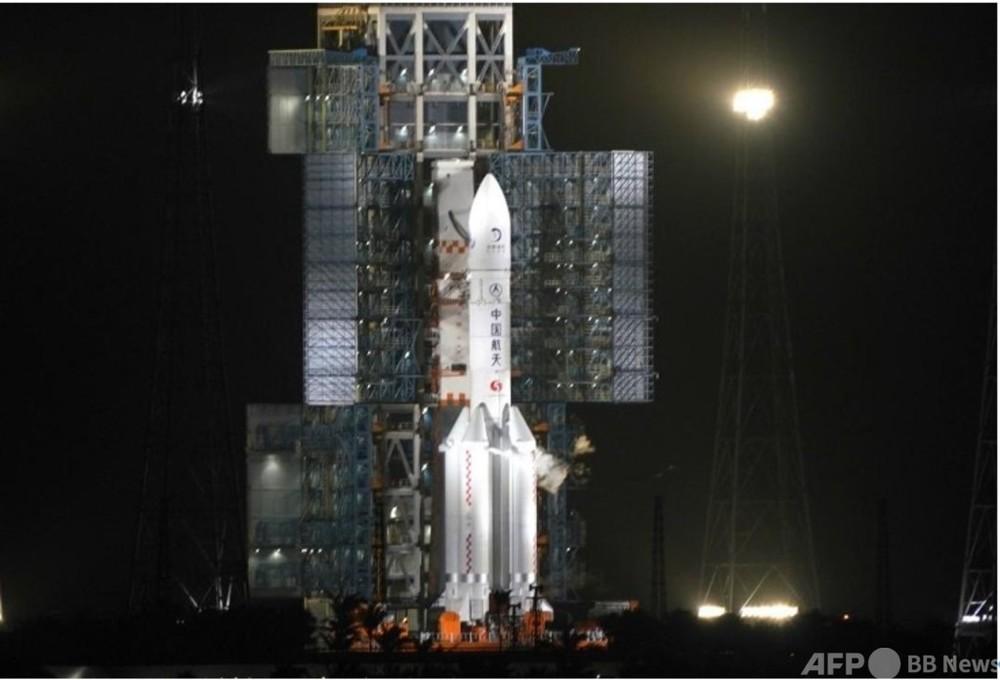The Mars spacecraft, which has succeeded in launching China, symbolizes the beginning of a new "space development competition".
In the past 20 years, the only sign of human activity in Mars was the only sign of the US Aeronautics and Space Affairs Bureau (NASA), which slowly moved through the desolate barren land.Eventually, the only thing that continues to operate is Curiosity.
But in just a few months, a new spacecraft will be left for Mars.One is the successor to Curiosity.NASA sends the spacecraft, named Persverance, to a mission that collects Mars soil samples, which may contain traces of living things.It will be the largest and most autonomous robot that has landed on other planets.
Another newcomer will be China's "Heaven Question 1", which combines a lap, a landing aircraft, and a spacecraft [edition: Successful launch on July 23].Although this spacecraft is smaller than the "Persaviance", it is still one of the most complex machines created so far.If China succeeded in deploying a spacecraft on Mars, it will be the second most successful country in the world.
"Message" from China to the world
Except for the United States, the only nation that has tried to deploy a spacecraft is the former Soviet Union (Soviet Union), but the Soviet Union failed twice.Mars is an extremely difficult target, and "Heaven Q1" is a message for China that China is no longer one of the countries of cosmic exploration, but a leader.

"It will prove that China has a world -class science and technology," said Dean Chen, the Heritage Foundation's specialist in the Chinese space plan.But it's not just to show the world.It is also important in terms of victory of the national prestige and political will."It will show the Chinese people that the Chinese Communist Party has a powerful and powerful nation," Chien says.
"Heaven Question 1" is a form of three spacecraft, a spacecraft, a landing machine, and a lap aircraft.The spacecraft is stored in the fuselage of the landing aircraft, and about two months after the spacecraft arrived on Mars, the landing aircraft separate from the lap and head to the surface of Mars.The laps will monitor landing aircraft from the sky over a year, send the data collected by landing aircraft to the earth, and conduct scientific surveys on their own.
Conducted a large -scale survey of Mars
Chinese scientists did not announce the landing point of the spacecraft, but the Utopia Plain, the largest collision crater of Mars, has been regarded as the first candidate.This is the destination of NASA's second Mars landing machine, Viking No. 2.
The deployed spacecraft takes at least three months to examine the Mars environment.The Chinese State Agency Bureau has hardly disclosed the details of the spacecraft and what kind of experiments to conduct.However, according to a papers from a Chinese Science Academy published in the Nature Astronomy this month, the purpose of this mission is to "conduct comprehensive and large -scale surveys on the entire Mars."
The spacecraft has a number of solar panels protruding from the circular body, using the power of the communication system and six mounted devices.In addition to the two cameras, a radar used for underground exploration, a weak electromagnetic detection machine on Mars, a measuring machine of Mars soil components, and a device that monitors the weather of Mars will be loaded.The activity of the spacecraft is limited to 200-300m from the landing point, but the laps can collect more comprehensive data on Mars.
Why Chinese missions worth noting
"Heaven Question 1" is China's first mission that aims for the universe farther than the moon.In 2011, Chinese scientists piggybacked on Russian missions on Mars, but the mission failed shortly after the launch.








